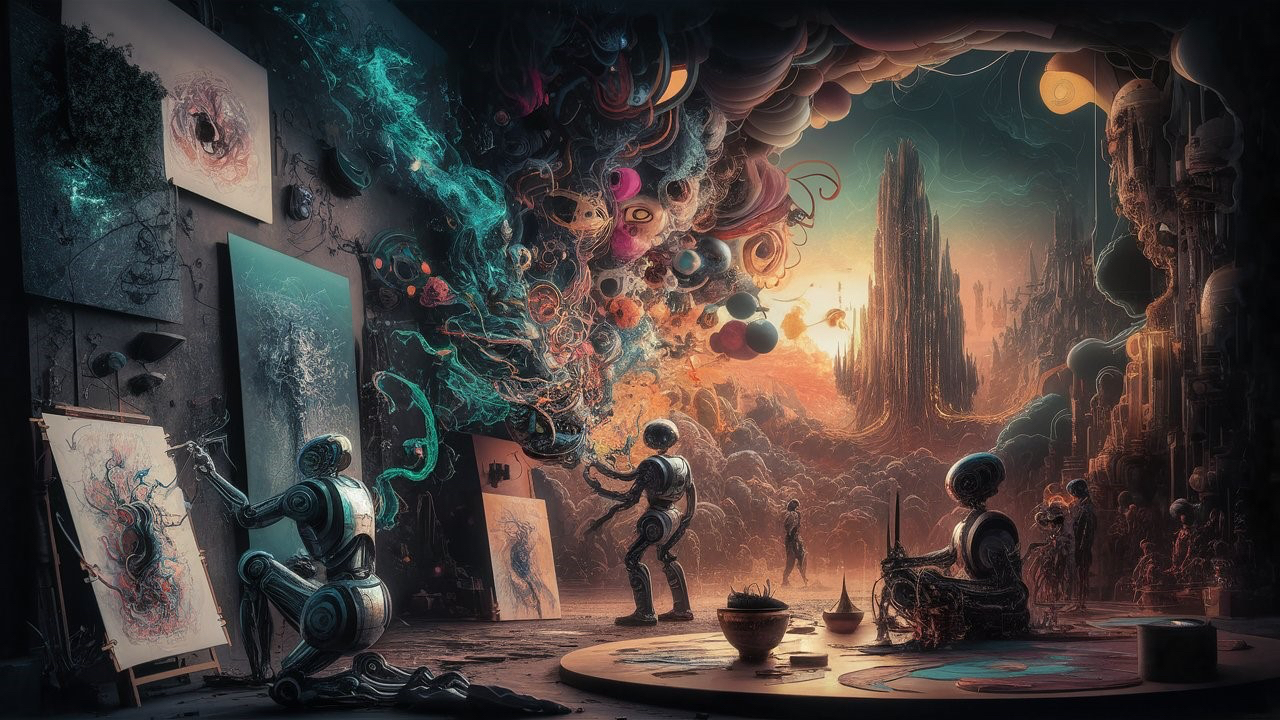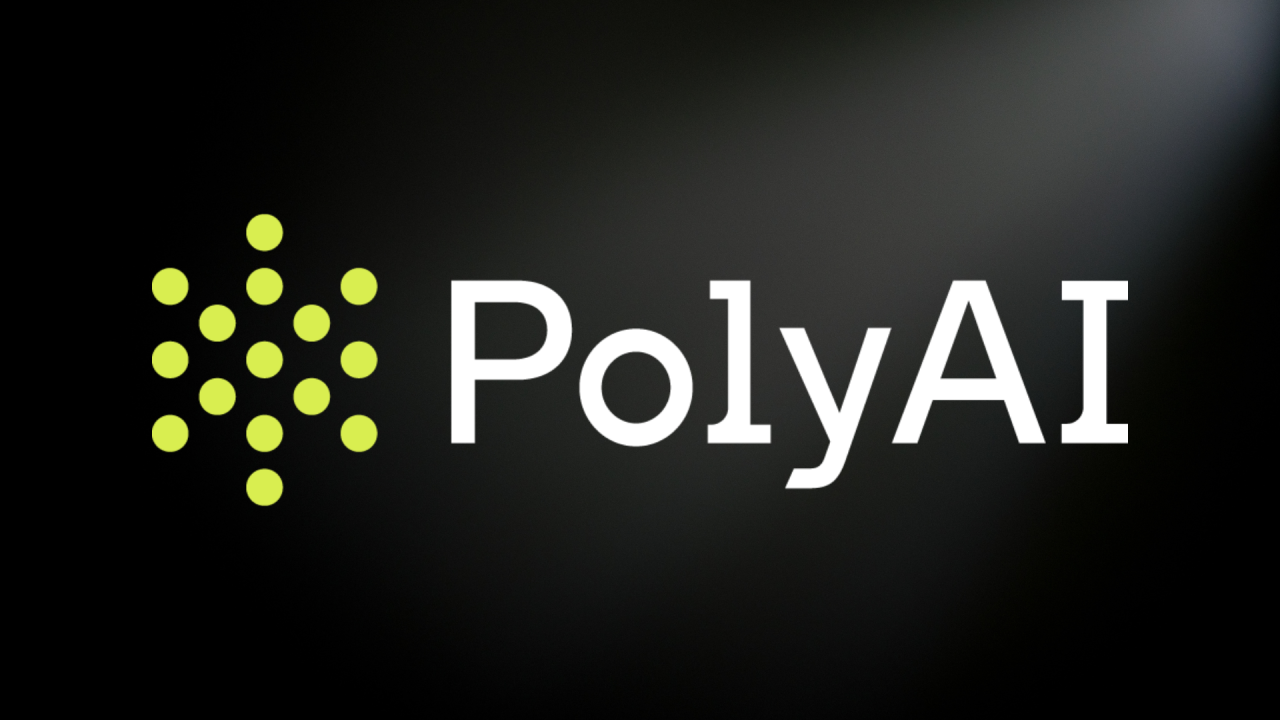Introduction
The creative world is undergoing a seismic shift, and at the epicenter of this transformation is Generative AI. Once viewed as a purely human domain, creativity is now being redefined by the collaboration between humans and intelligent machines. From generating stunning visuals to composing symphonies, generative AI is transforming creative industries in ways once thought impossible.
In this article, we’ll dive deep into how generative AI is reshaping art, music, film, design, and content creation, while also exploring the benefits, ethical dilemmas, and what the future holds.
What Is Generative AI?
Generative AI refers to algorithms that can create new content—images, text, music, videos, and even code—based on patterns learned from existing data. Unlike traditional AI, which focuses on analyzing and predicting, generative AI is built to produce. Think ChatGPT for writing, DALL·E for art, and Suno or Jukebox for music.
These systems rely heavily on deep learning techniques, especially Generative Adversarial Networks (GANs) and transformer models, to learn from massive datasets and generate output that mimics human creativity.
How Generative AI Is Disrupting Creative Fields
Let’s break down its impact industry by industry.
1. Art & Visual Design
AI-generated art has exploded in popularity, with platforms like DALL·E, Midjourney, and Stable Diffusion enabling anyone to turn text prompts into detailed artworks. Designers and illustrators are using generative AI to prototype ideas faster, experiment with new styles, and even generate final product-ready assets.
Example: AI-generated art has found its way into album covers, marketing materials, game environments, and even galleries—raising the question: what is art, and who is the artist?
2. Film & Animation
Generative AI is increasingly used in pre-production and post-production tasks. From auto-generating storyboards and scripts to creating realistic visual effects, the film industry is embracing AI for both creative and logistical support.
Example: Tools like Runway can now remove backgrounds, generate scenes, and enhance video quality—all using AI.
AI is also being explored for deepfake technology and voice synthesis, enabling actors to be “digitally resurrected” or their voices cloned for new content.
3. Music & Audio Production
AI music generators like Suno AI, Aiva, and Amper Music are pushing the boundaries of what’s possible in audio creation. Musicians use AI for inspiration, sound design, and even to compose entire tracks.
Example: Grimes famously allowed fans to use her AI-generated voice to make songs—demonstrating how AI can enhance, rather than replace, human artistry.
Sound designers and game developers are also tapping into AI to produce ambient soundscapes, theme scores, or interactive audio experiences.
4. Writing & Content Creation
Writers, marketers, and content creators now use generative AI tools like ChatGPT, Jasper, and Copy.ai to brainstorm ideas, draft content, and even mimic tone and voice.
Benefits:
- Speeds up content production
- Aids in overcoming writer’s block
- Supports SEO by quickly generating keyword-rich text
However, there’s growing debate about originality and ownership, especially when AI writes novels, poems, or even screenplays.
5. Fashion & Product Design
AI is also disrupting physical design—generating patterns, product concepts, and 3D prototypes. Designers feed style references into models to receive completely new, AI-generated iterations.
Example: Brands like Adidas and Nike are using AI to analyze trends and co-create product lines with machine input.
In fashion, AI helps conceptualize clothing that’s both functional and aesthetically cutting-edge.
Benefits of Generative AI in Creative Industries
Enhanced Productivity
AI can automate tedious parts of the creative process—like rendering, editing, or content formatting—freeing artists to focus on the “big picture.”
Idea Generation & Experimentation
Stuck for inspiration? AI can offer a multitude of variations, ideas, or unexpected directions you might not have considered.
Accessibility for Non-Experts
Generative tools empower individuals without formal training to express themselves creatively. A non-musician can compose music; a non-artist can create stunning visuals.
startups and indie creators, AI can significantly cut down on production costs, whether it’s voice-overs, logos, or explainer videos.
Challenges and Controversies
While generative AI opens exciting possibilities, it’s not without controversy.
Copyright & Ownership
Who owns AI-generated content—the user, the tool developer, or the AI model itself? Legal frameworks are still catching up.
Originality vs. Replication
Some argue that AI simply remixes existing work rather than creating something truly original. This raises questions about the value and authenticity of AI-created content.
Ethical Concerns
Deepfakes, misinformation, and unauthorized use of likenesses (voice, face) are major red flags. These tools can be powerful—but also dangerous in the wrong hands.
Threat to Creative Jobs?
There’s growing concern about AI replacing illustrators, copywriters, voice actors, and other creative professionals. While AI can augment human work, it also introduces competition that may disrupt traditional roles.
The Future of Creativity with AI
The future of generative AI in creative industries lies in collaboration, not competition. Rather than replacing human creatives, AI is increasingly seen as a powerful tool to enhance imagination, speed, and innovation.
Expect to see:
- AI-human co-creation platforms become standard
- New job roles like “Prompt Engineer” and “Creative AI Director”
- AI curators and critics, evaluating quality and relevance
- More immersive experiences, blending AI-generated art with AR/VR
In short, creativity is becoming more interactive, democratized, and scalable thanks to AI.
Conclusion
Generative AI is no longer just a futuristic idea—it’s here, and it’s reshaping how we create, share, and consume content across all artistic disciplines. As with any powerful tool, the outcome depends on how we wield it.
For creators, this is a time of great opportunity: to push boundaries, try new mediums, and collaborate with intelligent systems that learn, evolve, and inspire. The creative revolution is happening—and generative AI is at the heart of it.




